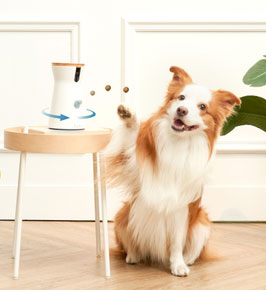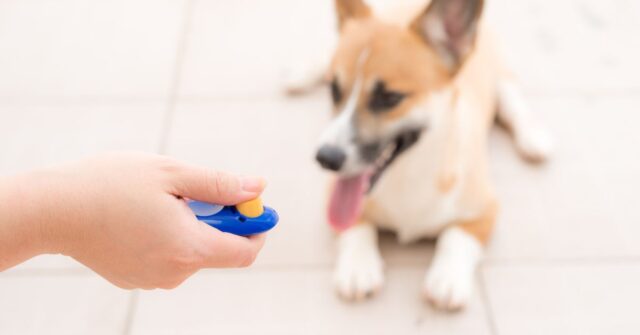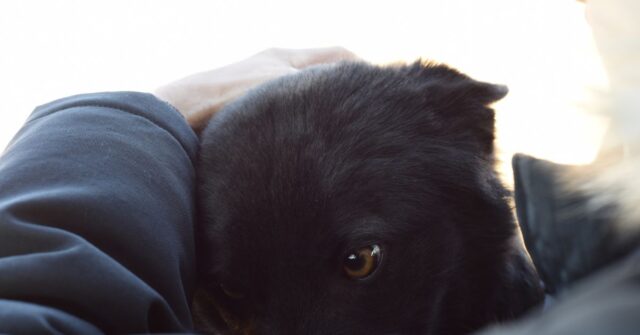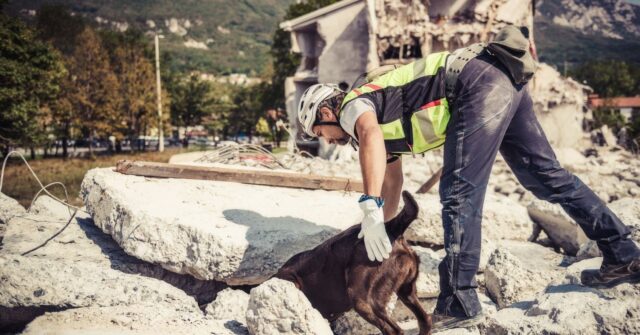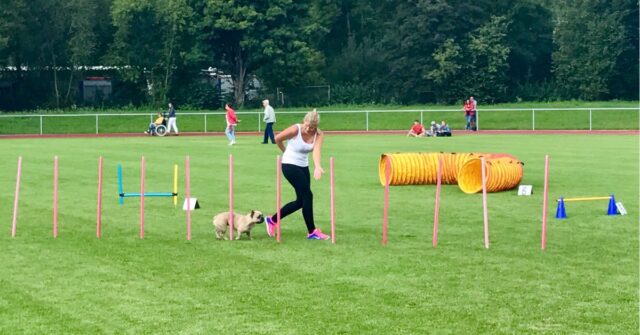Welcome to our ultimate guide on socializing your dog. As a responsible dog owner, one of the most important tasks you’ll undertake is properly socializing your pup.
Whether you’re in Sydney’s Eastern Suburbs or in rural Australia, this guide aims to provide you with all the tips and tricks you’ll need for a well-adjusted canine companion.
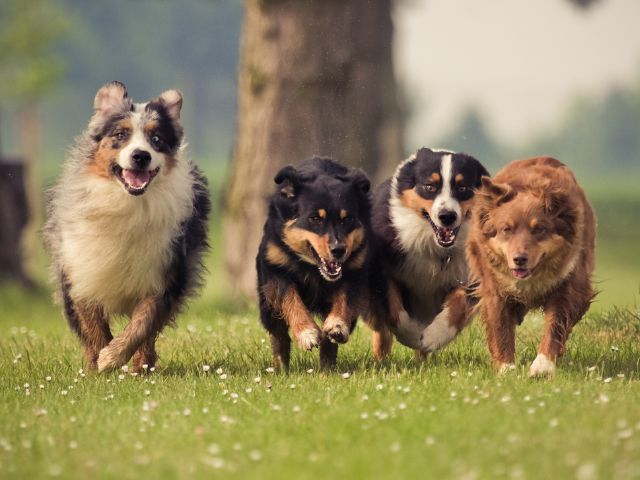
Introduction
Before we jump into the details, it’s important to understand why socialization is crucial for your dog’s development.
Socializing helps your pet adapt to its environment and become more well-rounded and less stressed in different situations.
Why Socializing Your Dog Is Important
Failure to properly socialize your dog can result in negative behaviour such as aggression, fear, or anxiety. Well-socialized dogs are generally happier, more relaxed, and easier to train.
What You Will Learn
In this guide, we’ll cover everything from the basics of dog behaviour to practical outdoor activities that are especially relevant for Australian dog owners.
You’ll also get recommendations for tackling common socialization challenges and other resources.
Who This Guide Is For
This guide is perfect for any dog owner, but it’s especially tailored for our Australian readers.
We’ll touch on aspects unique to the Australian environment and local norms that can affect your dog’s socialization process.
The Basics of Dog Socialization
Let’s start with understanding what socialization actually means in the context of your dog’s behaviour and development.
Here, we’ll delve into when you should start, what are the prerequisites, and how dog behaviour plays a role.


Understanding Dog Behaviour
Understanding the natural instincts and behaviour of dogs can significantly aid in the socialization process.
From pack mentality to communication signals, knowing what makes your dog tick can help you socialize him effectively.
The Sensitive Period for Socialization
The best time to socialize a puppy is between 3 and 14 weeks of age. However, that doesn’t mean older dogs can’t be socialized. It may take more time and patience, but the rewards are well worth it.
Setting the Groundwork: Obedience Basics
Before taking your dog out to socialize, it’s important to lay some groundwork in basic obedience. Commands like ‘sit’, ‘stay’, and ‘come’ will be invaluable in controlling your dog during social situations.
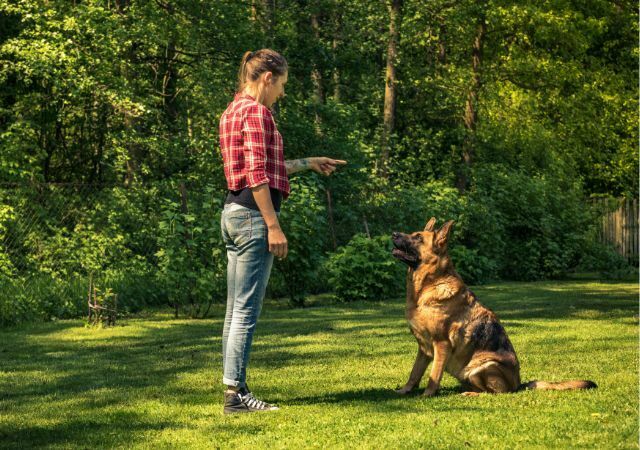

Why Socialization Differs for Australian Dog Owners
Socializing your dog in Australia comes with its own unique set of considerations. Let’s discuss how the climate, local regulations, and popular dog breeds can affect your dog’s socialization process.
Climate and Outdoor Activities
The Australian climate varies greatly, from tropical regions to arid landscapes. The activities you can do to socialize your dog may depend on where in Australia you reside.
Australian Dog Breeds and Their Needs
Australian breeds like the Australian Cattle Dog or Kelpie may have different socialization needs than other breeds. Understanding your dog’s breed-specific traits can aid in more effective socialization.
Local Regulations and Social Norms
Each state in Australia has its own set of rules and regulations regarding dog ownership. Make sure you’re aware of the leash laws, off-leash areas, and other regulations in your locality.
Pre-Socialization Checklist
Before you start with the socialization activities, there are some prerequisites that you need to tick off. From health to basic commands, let’s cover them.
Vaccination and Health
Ensure that your dog is up-to-date with vaccinations before exposing it to other dogs or wild animals. This is critical to prevent the spread of diseases.


Essential Supplies for Socializing
Leash, harnesses, treats, and toys are some of the essential supplies you’ll need. Always have these at hand when you’re out and about, socializing your dog.
Establishing Basic Commands
As mentioned earlier, basic commands like ‘sit’, ‘stay’, and ‘come’ are essential for maintaining control over your dog in social settings. Make sure your dog has mastered these before progressing.
Indoor Socialization Activities
Not all socialization has to happen outside your home. Here are some activities you can do indoors to make your dog more comfortable with its immediate environment.
Introducing Household Items
Introduce your dog to various household items like the vacuum cleaner, TV, and washing machine. The aim is to get your pet accustomed to different sights and sounds.
Socializing with Family Members
Ensure your dog is comfortable around all family members, including children and the elderly. Positive interaction within the home sets the tone for interaction with outsiders.
The Role of Toys and Puzzles
Toys and puzzles can help stimulate your dog’s mind and can also act as social tools. Interactive toys that involve more than one dog or puzzles that require human intervention can be excellent social exercises.
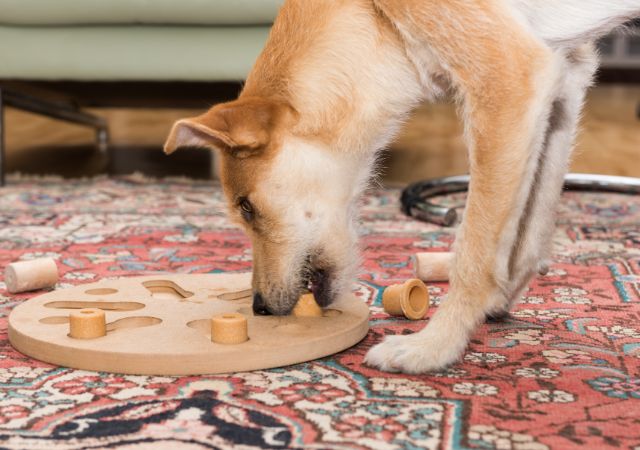

Outdoor Socialization Activities
Australia offers a plethora of outdoor activities that can aid in your dog’s socialization process. From dog parks to beautiful Australian beaches, let’s explore how to navigate these spaces effectively.
The Local Dog Park: Do’s and Don’ts
Dog parks are fantastic spaces for socialization but they come with their own set of rules. Learn the do’s and don’ts of navigating a dog park to ensure a positive experience.
Beach Outings: An Australian Favourite
Many Australians enjoy taking their dogs to the beach. Learn how to make the most of these outings while keeping your dog and others safe.
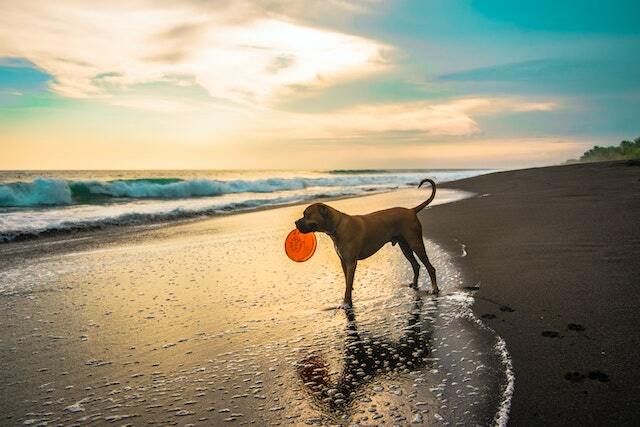

Bushwalking with Your Dog
Another popular activity is bushwalking. This offers a different kind of socialization that exposes your dog to various forms of wildlife and different terrains.
Meet and Greet’s with Other Animals
From other dogs to different species, meet and greets can be arranged to broaden your dog’s social circle and experiences.
Common Socialization Challenges
No two dogs are the same, and neither are their socialization challenges. Here, we’ll discuss how to tackle some of the most common challenges in socializing your dog.
Fear and Anxiety
Some dogs may exhibit fear or anxiety in social situations. Understanding the root of these emotions and how to manage them can make socialization more effective.
Aggression and How to Manage It
Aggressive behaviour can be a significant obstacle to socialization. Learn the signs of aggression and how to manage it before it escalates.
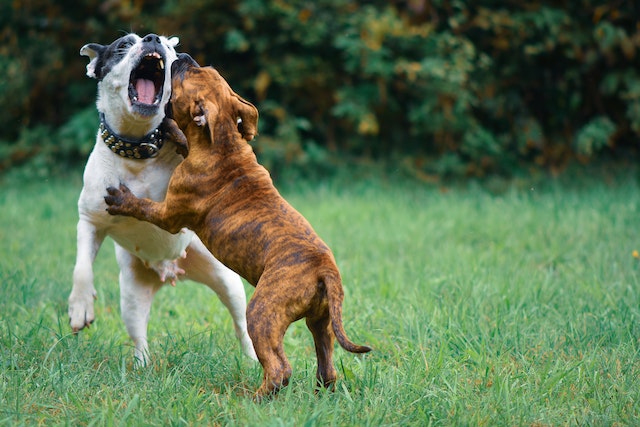

Over-Excitement and Over-Stimulation
Some dogs get too excited, which can be overwhelming for both the dog and the owner. Learning how to manage this excitement can lead to more positive social experiences.
Special Considerations
Not all dogs have the same socialization needs. Whether you have a puppy, an adult dog, or a rescue, you’ll need to tailor your approach accordingly.
Socializing Puppies
Puppies are like sponges, eager to learn and experience the world. However, their socialization needs to be handled with care to ensure they grow into well-adjusted adults.
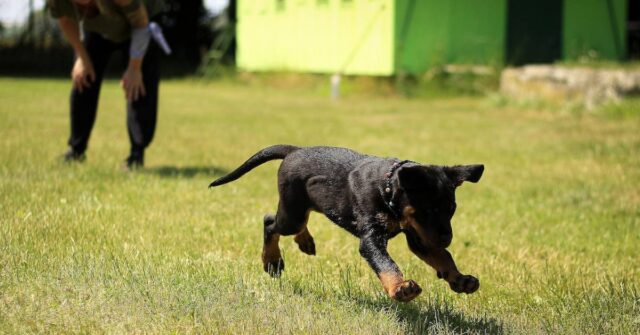

Socializing Adult Dogs
Adult dogs can be socialized too, but it often requires a different approach than with puppies. Consistency and patience are key.
Socializing Rescue Dogs
Rescue dogs may come with their own set of challenges and fears, owing to their history. Specialized approaches are often necessary for dogs with difficult histories.
Conclusion
We’ve covered a lot of ground in this comprehensive guide.
From understanding the basics to tackling challenges and finding additional resources, we hope this guide serves as a valuable resource for all Australian dog owners.
Final Tips and Reminders
Remember, socialization is an ongoing process. Keep reinforcing positive behaviour and take your time. It’s never too late to start!
Where to Go From Here
Take what you’ve learned here and start applying it. Make a plan, get your checklist ready, and most importantly, have fun socializing your dog. It will make your life and theirs much happier and enriched.


